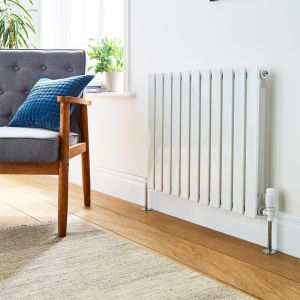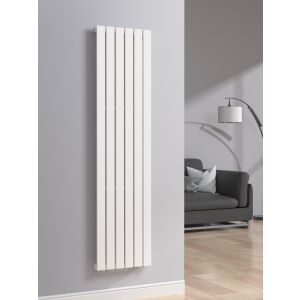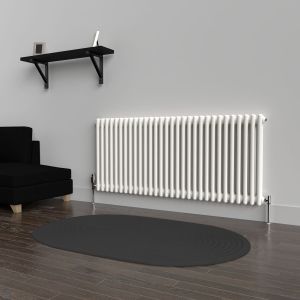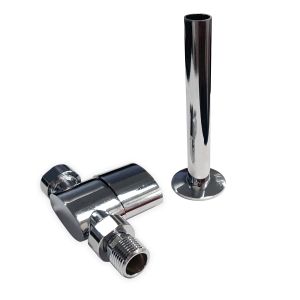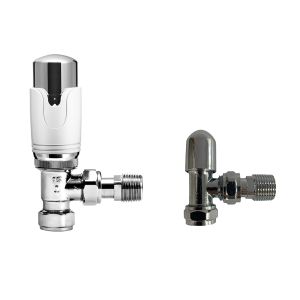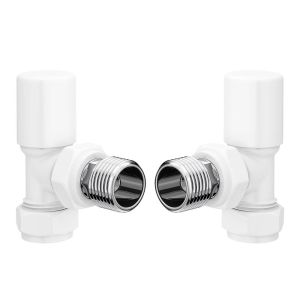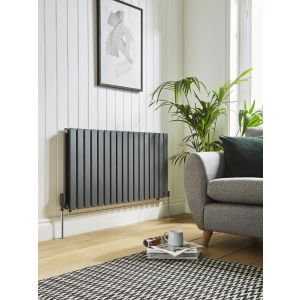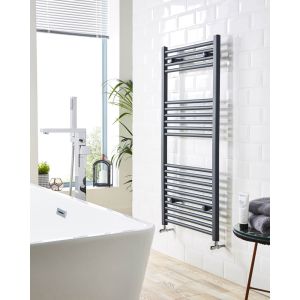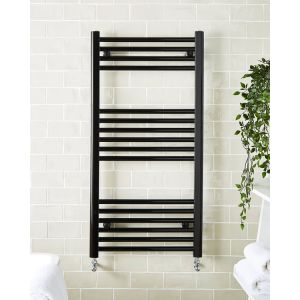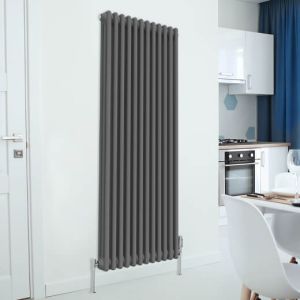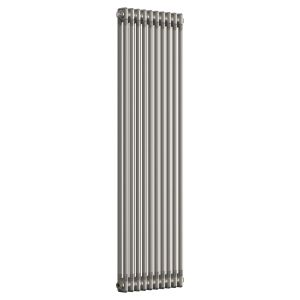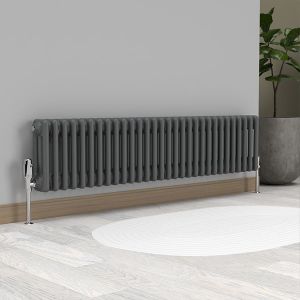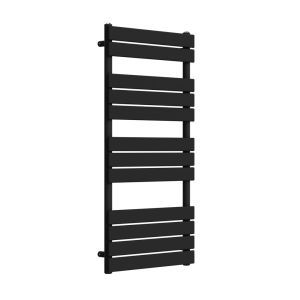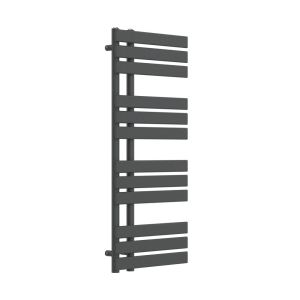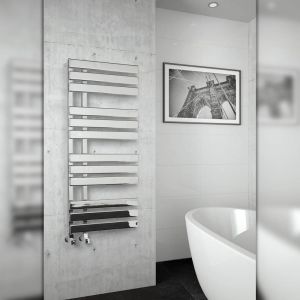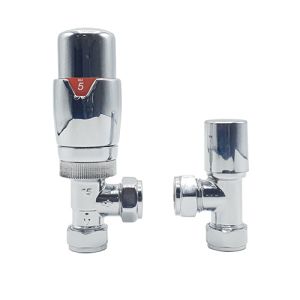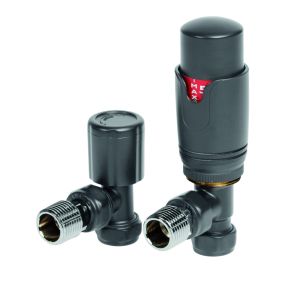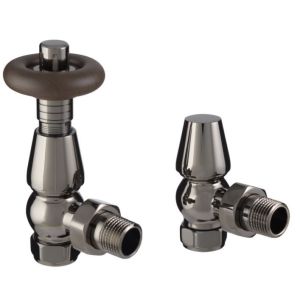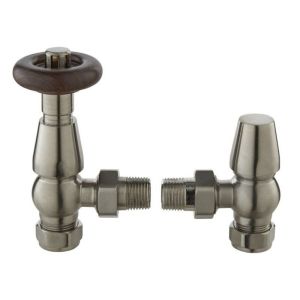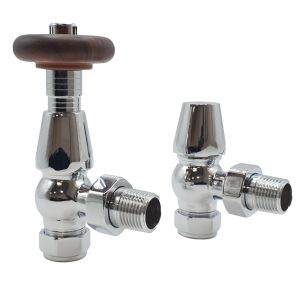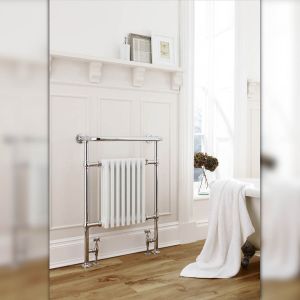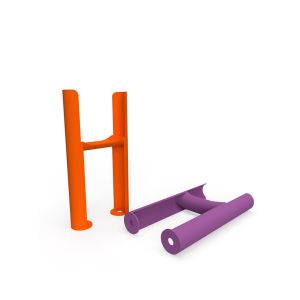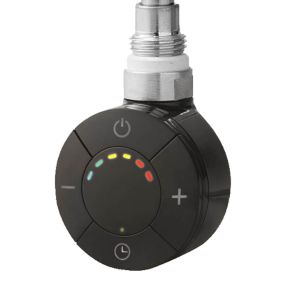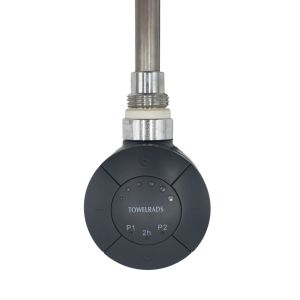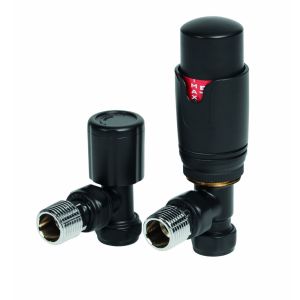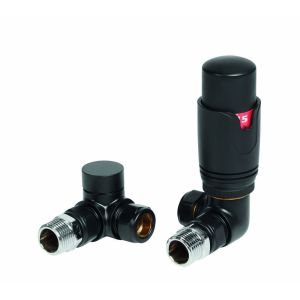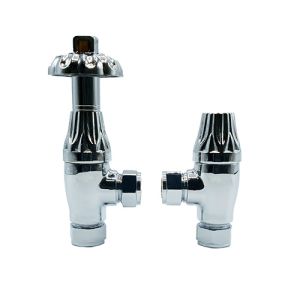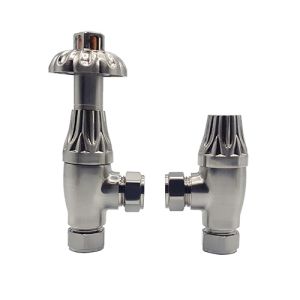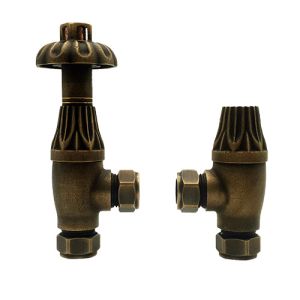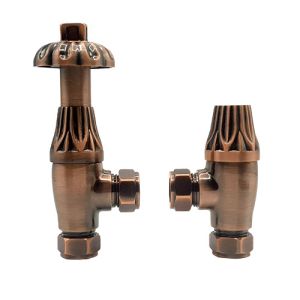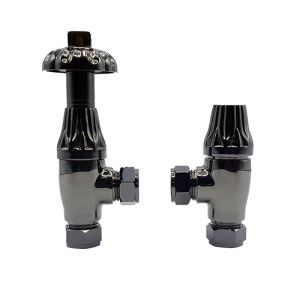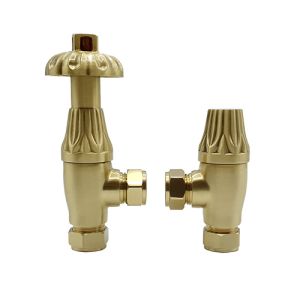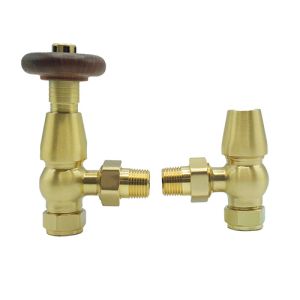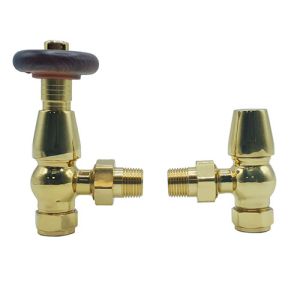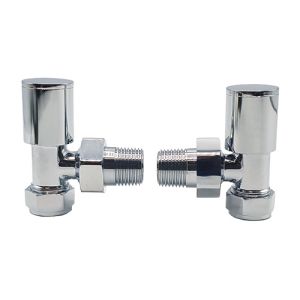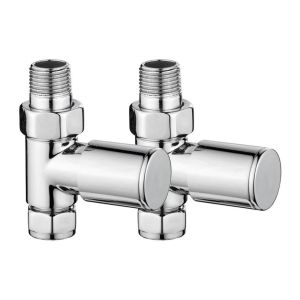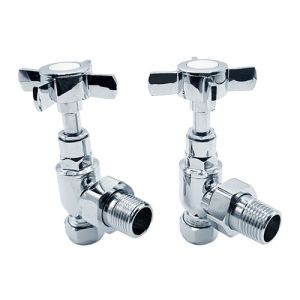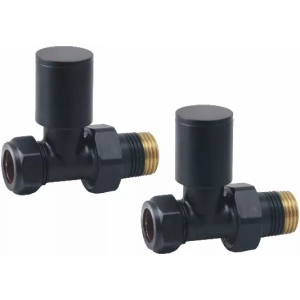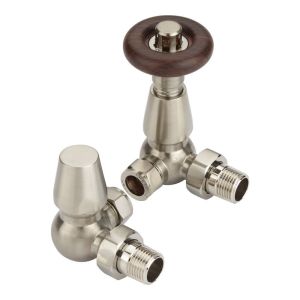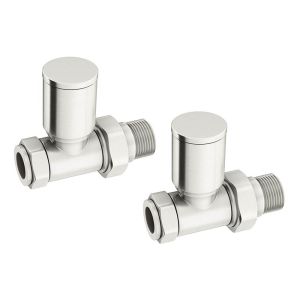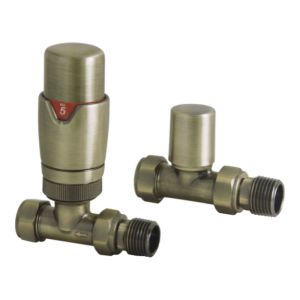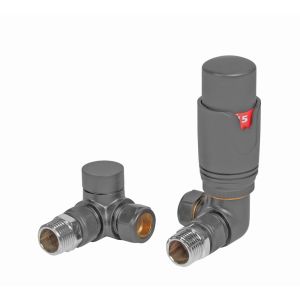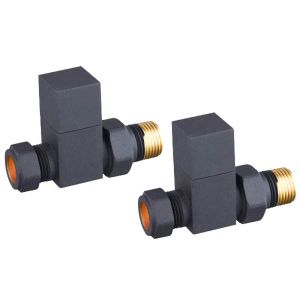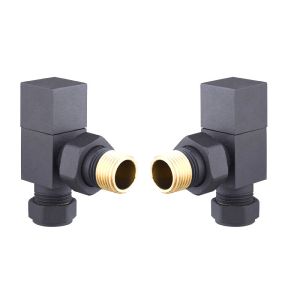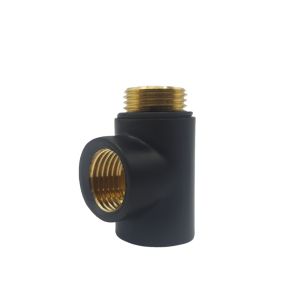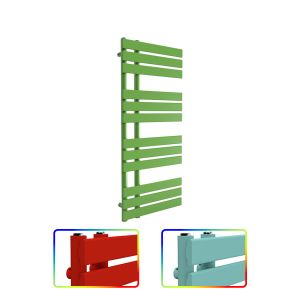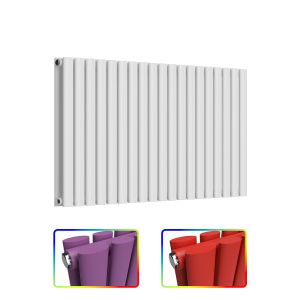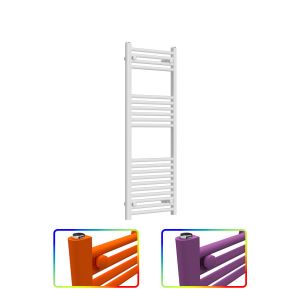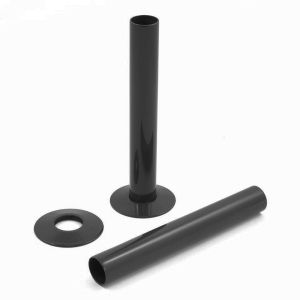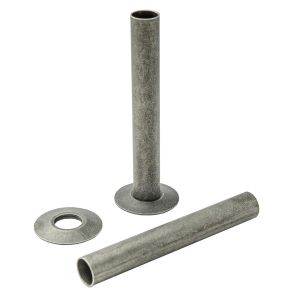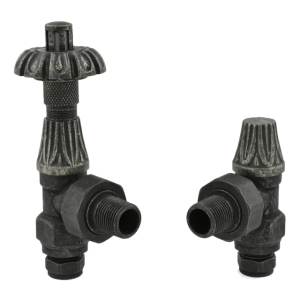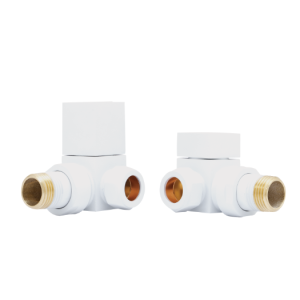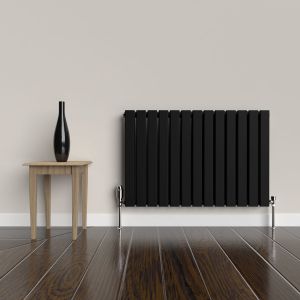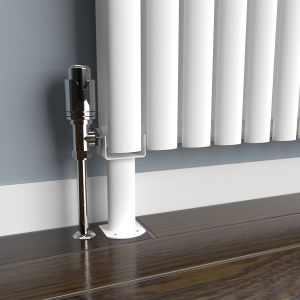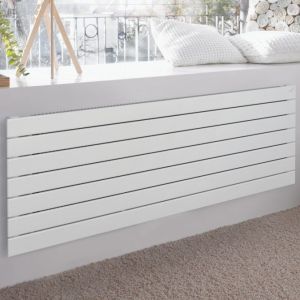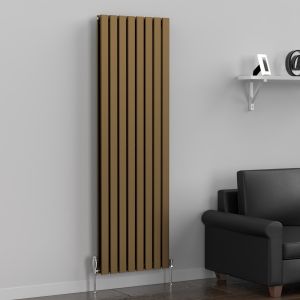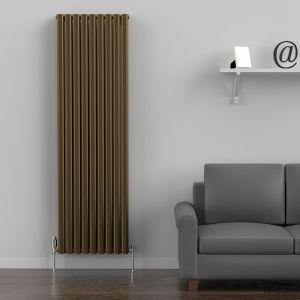If you’ve been following our DRD blog, you’ll know that we’ve been bracing ourselves for winter.
Now that it’s November, our radiators have become a necessity to our households. They welcome us home in the evening - with their warm, metal, double-panelled arms - and wake us up in the morning with a comforting, familiar hum.
Most of us have grown up with radiators in our homes. We know how they work, the different styles and sizes they come in, and the perfect hanging position to dry our cardigan on them… but are they the most efficient way to heat a home these days? What are the other options out there?
Today on DRD, we discuss another method of domestic heating… the elusive system of underfloor heating! *THUNDER THUNDER* *CRASH* *CROW FLIES AWAY*
We’ll be weighing up the pros and cons of both heating systems, and see if radiators are still worth investing in.
Who will win? Game on.
Central Heating Radiator
Let’s start with what we know. Radiators. Let’s break down what we love (and what we don’t love) about central heating radiator units.
PROS
1. They are quick to respond to desired changes in heat.
2. In around 20 – 30 mins they can heat up a room, that’s pretty quick!
3. Radiators come in gorgeous designs these days. From traditional ornate looks to sleek minimalist designs, radiators are flexible in fitting your room’s interior. They aren’t just ‘hunks of metal you need to hide behind your sofa’. They can tie a room together!
CONS
1. Heat from a radiator isn’t evenly distributed throughout the room. The area around the radiator unit will always heat up first and be warmer than the other side of your room.
2. Radiators will always attract and build up dust – yuck.
3. It is said that radiators leave a bigger carbon footprint than underfloor heating and aren’t as efficient energy wise.
Underfloor Heating
Underfloor heating works via a network of small intricate pipes under your floorboards. It can either be a ‘wet’ system, with hot water being pumped through the pipes or a ‘dry’ system, comprised of electric coils in the pipework instead.
PROS
1. Since the pipe network is evenly distributed under the floor, the room will be more evenly heated. Radiators have to work harder to heat an entire room, as its heating unit isn’t spread out.
2. Underfloor heating is hidden from view, which means less clutter in your room.
3. This system of heating works more efficiently as it runs at a lower temperature.
CONS
1. Money money money money money. As you may have guessed, installing underfloor heating is pricey! Think about it, you’d have to take your entire floor apart in order to get the system fitted. It’s going to be a timely and costly business.
2. They take longer to heat the room as the heating output is at a lower temperature. It takes around 1 – 2 hours to heat a room!
So, What's The Conclusion?
From the above information provided, one can conclude that both heating systems have great pluses as well as questionable downfalls. I wish I could “declare a winner!” but, unfortunately, I think it solely depends on a buyer’s needs and individual taste. Some people will prefer radiators, some may want to experiment with underfloor heating…
Some say to-may-to some say tomato, I guess!
Stick around the DRD blog for more compelling and moving articles on domestic heating. We have tips, tricks, reviews and much, much more for you to explore!
And if you’re looking into buying a new radiator for your home – check out our radiator catalogue on Designer Radiators Direct!












